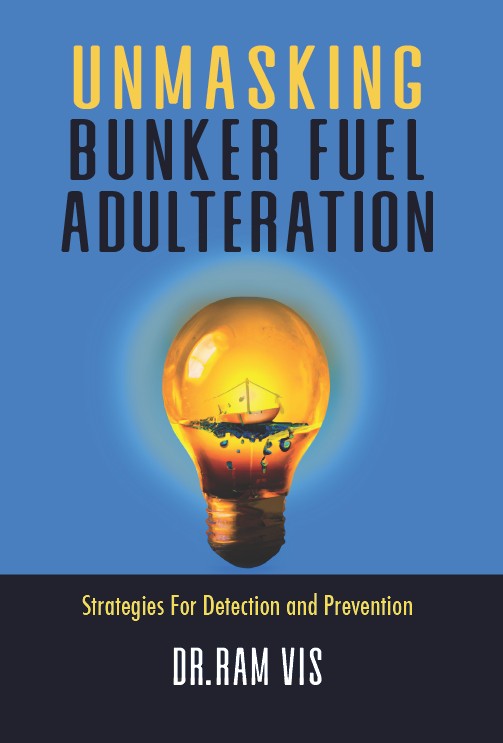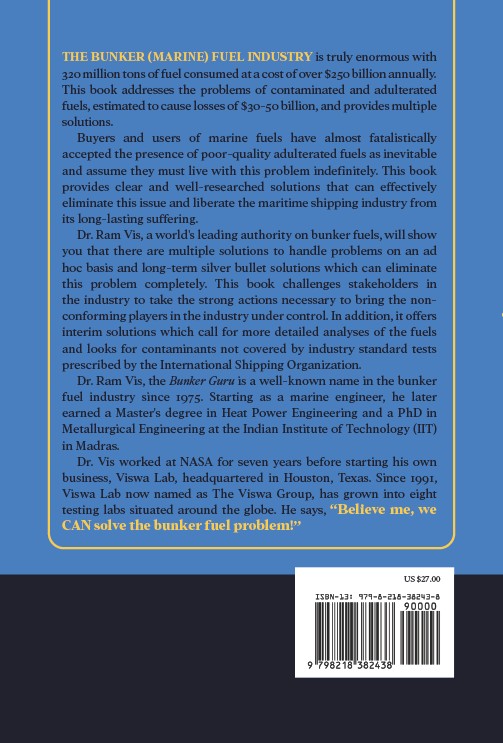Guidelines for the Carriage of Calcium Hypochlorite in Containers
1. CARGO ISSUES
1.1. Hazardous Properties of Calcium Hypochlorite
This chemical is a white or yellowish solid that is soluble in water. There are several products manufactured as water purification and bleaching agents which contain calcium hypochlorite as their active ingredient. It may be produced in granular or tablet form.
Calcium hypochlorite is an oxidizing agent and is designated a Class 5.1 oxidiser in the IMDG Code and other modal dangerous goods regulations. However, calcium hypochlorite is unstable and displays some self-reactive characteristics as by nature the substance is always decomposing. At normally encountered temperatures calcium hypochlorite decomposes only very slowly and releases heat. However, at higher temperatures the rate of decomposition increases and if the heat is not able to escape from within the material then its temperature increases and the rate of decomposition increases, and so on.
Some calcium hypochlorite products and some mixtures thereof also meet the criteria for Class 8 corrosives.
A self-accelerating reaction can occur and result in a violent decomposition of the calcium hypochlorite releasing heat and oxygen. This has resulted in serious fires and explosions.
When involved in a fire, the heat and oxygen released by the decomposing calcium hypochlorite will intensify the fire.
Decomposition can be accelerated by contamination with organic materials (such as oil), inorganic materials (such as metals) or moisture. If calcium hypochlorite is mixed with organic materials it can result in a fire without the need for an external ignition source.
The packaging and quantity can have an impact on self-accelerating decomposition (see section 3.1).
The United Nations Manual of Tests and Criteria describes self-accelerating decomposition test (SADT) methods for determining the properties of substances classified as self-reactive. These tests can also be used to evaluate oxidizers such as calcium hypochlorite. The International Group of P&I Clubs advice in this paper is also based on the critical ambient temperature (CAT) method used to determine self accelerating properties.
In addition to the thermal hazards, calcium hypochlorite exhibits chemical hazards. For example, acids must never be mixed with calcium hypochlorite because toxic chlorine gas will be produced. Small amounts of chlorine gas can also be produced as calcium hypochlorite decomposes slowly without contamination.
1.2. Calcium Hypochlorite Categories
The three most common products are two high strength types (UN 1748 and 2880) and a lower strength type, often referred to as bleaching powder (UN 2208).
1.3. Other Trade Names for Calcium Hypochlorite
Calcium hypochlorite is a Proper Shipping Name, as defined in the IMDG Code. As such, it should only 5 be carried under that name and with the appropriate UN Number; UN Nos 2880, 2208, 1748, 3485, 3486, 3487, 1479 and 3077.
However, calcium hypochlorite may be mis-declared as calcium chloride. Examples of other trade names encountered have included:
BK Powder, bleaching powder, CCH, disinfectant, Hy-chlor and Chloride of lime or Chlorinated lime.
2. CONTAINER SELECTION
Dry or reefer containers may be used provided that a proper risk assessment is undertaken. The risk assessment should include all aspects of through transport including, but not limited to, routeing, climatic temperature and journey duration.
20 ft or 40 ft containers can be used provided that the maximum payload of calcium hypochlorite does not exceed 14 tonnes.
2.1. Reefer Containers
The reefer container control temperature should be 10°C.
In the event of a mechanical failure or of an interruption of the power supply, the insulation in a reefer will initially protect the calcium hypochlorite from external heating. However, if there is an extended interruption to cooling, heat produced by calcium hypochlorite decomposition may accumulate faster in a reefer than in a dry container. The longer the interruption, the greater the risk that calcium hypochlorite will heat up faster in a reefer container. Prompt steps need to be taken to restore the power or fix a mechanical failure or cool/ventilate the cargo.
Special attention should be paid to the potential damaging effect of chlorine decomposition gasses released by the calcium hypochlorite on paint, metal work and machinery of the container.
2.2. Carriage of Calcium Hypochlorite with Other Cargo in a Container
In practice, calcium hypochlorite tends to be shipped on a full container load basis. The above guidance applies to full container loads of calcium hypochlorite.
It is not recommended that such payloads be consolidated with other cargo because this could detrimentally affect the stability of the calcium hypochlorite due to changes in the overall thermal properties of the container contents.
3. CONTAINER PACKING
3.1. Packaging and Quantity
The temperature at which the self-accelerating reaction occurs depends on the type, size and shape of the packaging. The temperature required will be higher for a small package compared to a larger package of the same material. This is because the smaller package will be able to lose heat to the surroundings much more readily than a larger package. The selection of type, size and shape of packaging to promote heat dissipation is therefore important.
The IMDG Code defines what packaging can be used for calcium hypochlorite as currently set out in Part 4, Chapter 4.1, Table P002. This allows various types of drum, box or jerrican. Provision PP85 states that bags are not allowed.
Under these Guidelines, plastic drums, which comply with the requirements of the IMDG Code, are to be used as the packaging for calcium hypochlorite, as adequate air circulation around the containment is required in order to prevent any heat build-up. Drums offer the best solution as they provide the largest surface area to be exposed to the surrounding air. This requirement is necessary whether cargo is packed in dry or reefer containers.
Under these Guidelines, other packaging types such as large packaging, sacks, IBC or fibreboard are not to be used for calcium hypochlorite.
A package limit of 45 kg net weight in drums and a limit on the maximum payload per container not exceeding 14 tonnes (see footnote 4) is stipulated in these Guidelines.
Pallets, dunnage, drums and other packaging material must be clean, free from contaminants, and in good condition.
The drums should be properly secured on pallets and within the container in accordance with the CTU Code. Any securing method, such as shrink-wrapping, should not restrict adequate air flow around the drums to reduce retained heat within the cargo.
3.2. Inspection of Containers Prior to Carriage
It is strongly recommended that, prior to carriage, carriers satisfy themselves that the cargo has been packed and secured with a method that allows adequate airflow within the container irrespective of whether it is a dry or reefer container.
4. SHIP LOADING
4.1. Container Stowage and Segregation
Calcium hypochlorite or calcium hypochlorite mixtures shall be transported in compliance with the stowage and segregation requirements set out in the IMDG Code.
To download the guidelines, please click here






















